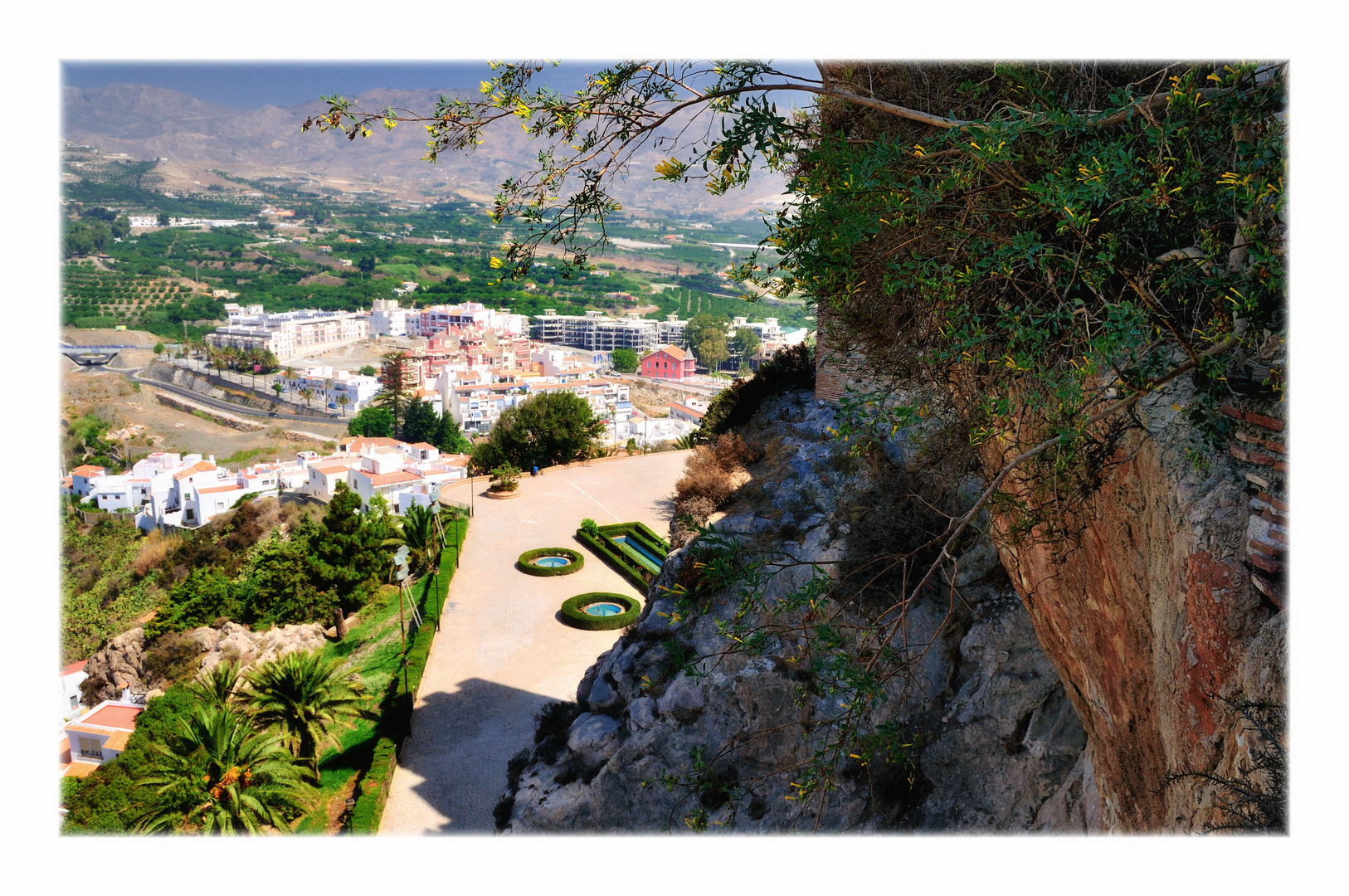the Moorish Castle
Salobreña, as expert narrators tell in their stories has many similarities in orography with Gibraltar, both with big symbolic rocks and both were once islands. The island of Salobreña was seperated by the peninsula, but with time it united due to the dissapearance of the isthmus. Of course we´re speaking of thousands of years back, more specifically in the Neolithic era the Copper ages and the Bronze ages.
The first settlements known in this territory are dated back to 3000 b.c. and the livestock and agriculture were of great importance that is until the phoenicians arrived, the carthagineans later, since these firstly initialized the fisherman activity in this area.
The phoenicians settled, just as they did along the rest of the coast, where they created the factories of the salted tuna. This happened in the XIII century b.c. In the II century b.c. the romans conquered this land, it was the time when this city was known as Segalvina.
With the arrival of the muslims, this land went to be a strategic point of defense, a place in which the sugar cane was one of the most important activities, shortly after the reconquest of 1489, although we must mention the rebellion of the moors in this area a century later, more specifically in 1569. Among the Muslim heritage, we must mention the construction of the Castillo de Salobreña (castle), symbol of this area, the castle which homed important muslim monarchs during the passing of the centuries.
During the XVII and XVIII century the growing of the sugar cane continued, but a hard competitor arrived...the cotton. In the XVIII century, during the war of independence the city fought against the French troops, once this period was over, the sugarcane re-emerged and was once again the main activity that was prolonged until the XX century, and for that matter, the sugar has been the motor of this city until the 70´s, in which the situation, the beaches and the beautiful surroundings made Salobreña a tourist hot spot, sparking the construction of hotels and apartments and the arrival of national and international tourists. In Fact, in 1964, Salobreña was declared Municipality of interest of national tourism

Castillo de Salobreña
Hans-Reiner Bohn
(source: http://salobrena.costasur.com/en/historia.html)










antonio naranjo ojeda 23/05/2010 17:46
buena toma saludos